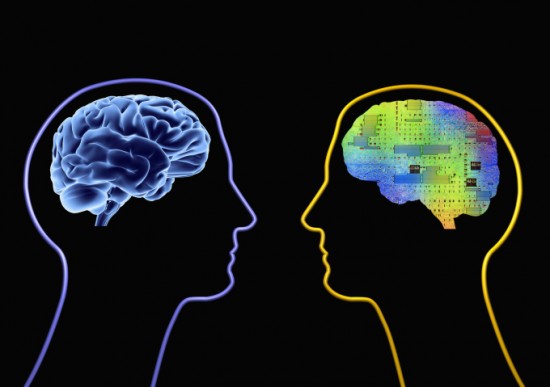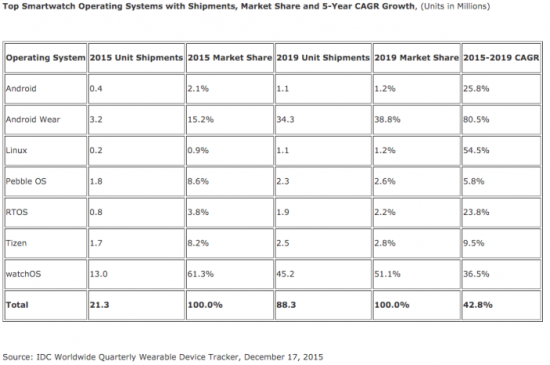


Ask yourself a simple question. If it were an issue for you, what would you pay to get rid of stress, anxiety, loneliness, sadness, physical and mental pain, or depression?
Or conversely, what would you pay to be happy, feel connected, feel understood, change bad habits into better ones, have a healthy brain as you age, or to fulfill your full potential and really thrive?
Posing that question is the key to decoding one of the biggest new tech markets. We call this sector Transformative Technology, or TransTech. Transformative Technology is science-based technology that has a significant impact on mental and emotional wellbeing.
The consumer demand for TransTech is huge, but few are tracking it because it is hidden within other markets.
The market for mental and emotional support is large and proven. Some of the relevant market sizes as of 2015 are as follows: Meditation ($1BN US), Yoga ($27BN US), Fitness & Mind Body ($446BN WW), Preventative Health ($432BN WW), Workplace Wellness ($40BN US), Complementary & Alternative Health ($186BN WW), Depression, Stress and Anxiety drugs ($22BN WW), Weight Loss ($150BN WW), Addiction Treatment ($35BN US), and Self Help ($10BN US).
When I look at these markets, I see people trying to find alternative solutions to the emotional problems that still bedevil modern society.
The annual cost of stress in the US alone is estimated to be $300BN in healthcare and lost productivity. Stress is accelerating — across countries, cultures, socio-economic levels, and ages.
No one is exempt. Given the high impact of stress on health care costs, individuals and corporations are aggressively seeking solutions that are affordable, scalable, and accessible — something technology does best.
TransTech leverages mobile, IOT, cheap sensor and wearable proliferation, massive data sets, cheap networks and computing power, machine learning and AI alongside advances in digital medicine and neuroscience, biology and bioinformatics, and AR/VR to support our mental and emotional wellbeing.

For example, your phone probably knows more about you than your mom right now. It knows when you wake up and when you go to sleep, who you call and how often, what you read online and what catches your eye by measuring scroll speed. By combining emotion recognition software with data from your wearables, it’s going to be able to know how you feel, when you are calm, and when your heart (or mind) is racing.
The ability to micro-monitor our behaviors and biosignals and the accumulation of massive amounts of data will allow for the development of predictive models around psychological health, and programs supporting greater wellbeing.
So why is this happening now? The rise of TransTech is the result of 1) need and desire for positive mental and emotional outcomes fueling demand for new, cheap, solutions, 2) the confluence of exponential technology and advances in medicine and biology driving down sensor and platform prices and raising utility, and 3) social trends such as US millennials prioritizing well-being so much that they spend ¼ of their disposable income on wellbeing or baby boomers being willing to pay anything to maintain cognitive levels.
Even the growth of meditation as a “cool” trend is a factor. As early adopter tech entrepreneurs and investors begin practicing meditation, many have become interested in turning their talents towards delivering wellbeing digitally. Given this, TransTech activity is erupting in startup ecosystems worldwide from San Francisco to Tel Aviv, and from Northern Europe to Shenzhen.
There’s precedent here. Just as tech and investor interest in the Quantified Self movement helped fuel the development of the wearable market (80MN units/2015 and estimated to be 245MN units/2019), their interest in TransTech will result in the launch of many companies.

The rise of TransTech will mean that both thriving outcomes and solving basic problems that once were considered an inner journey often dependent on willpower, luck, birth, wealth or some other special, non-measurable element, will become more objectively approached, measured, and supported.
Whether we are seeking to feel happy, connected, understood, change bad habits into better ones, have a healthy brain as we age, and fulfill our full potential or if we are solving problems like stress, anxiety, loneliness, sadness, or depression, we will have a technology to support us.
Today, TransTech companies, projects, and researchers are not visible as a single sector yet. To see the venture-backed companies you’d have to look at several market maps and piece them together.
Early well-known examples include Lumosity, Fitbit, Happify, Thalmic Labs, Thync, Headspace, Alkili, Ginger.io, Interaxon/Muse, or Beyond Verbal.
To see the applicable research you’d have to search for scientists working on Affective Computing, Positive Computing, Behavior Change, Addiction, Neurosignaling, Neuroplasticity, Neurosensing, Attention Network Training, Cognitive Training, Epigenetics, HRV, GSR, Artificial Intelligence and more.
To see the up and coming entrepreneurs, you’d have to cover a lot of ground including meet-ups and online lists. You’d have to sift through accelerators and Kickstarters worldwide and search through an extensive network. It’s a lot of work, so we will do it for you. Stay tuned.

